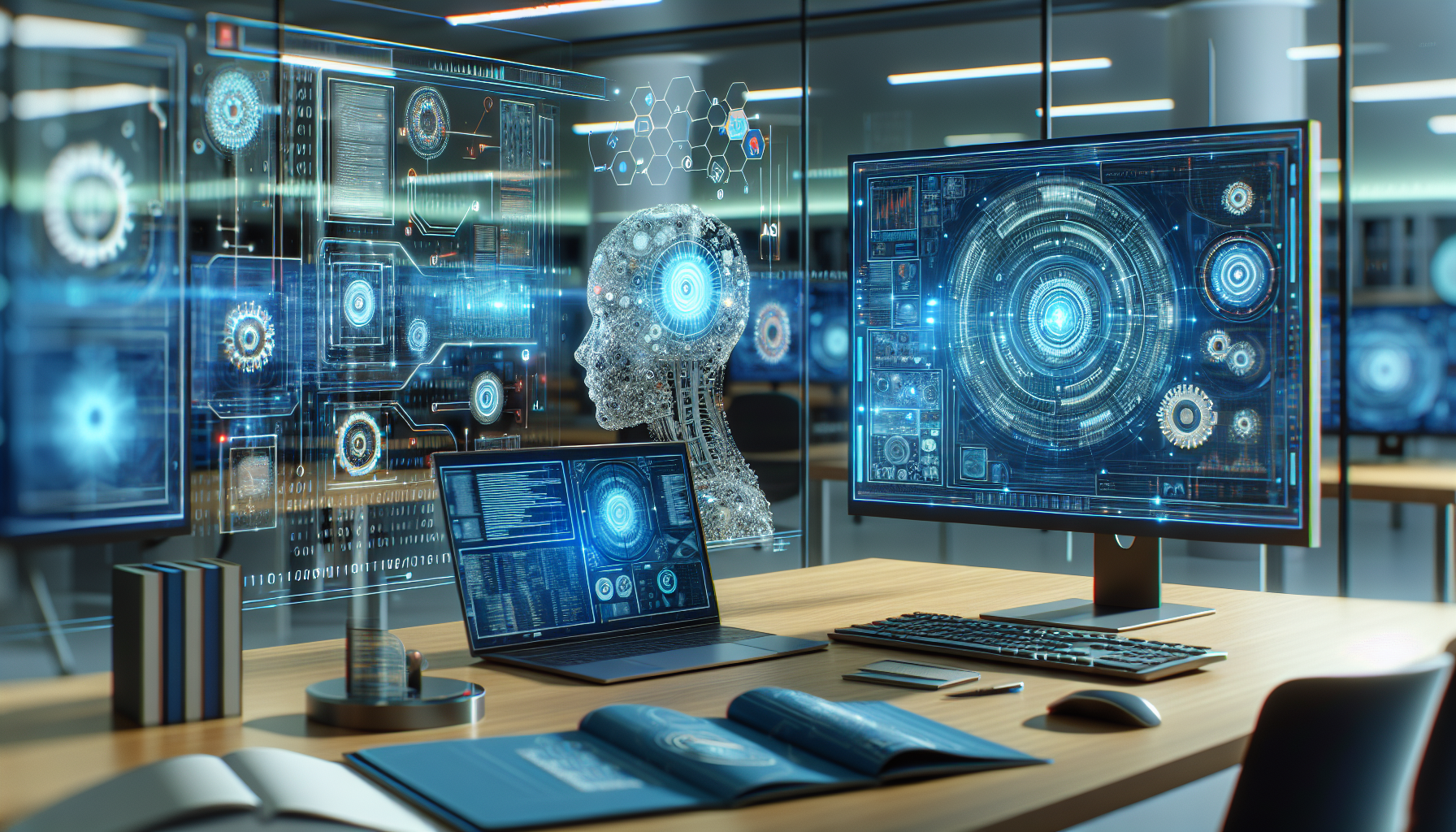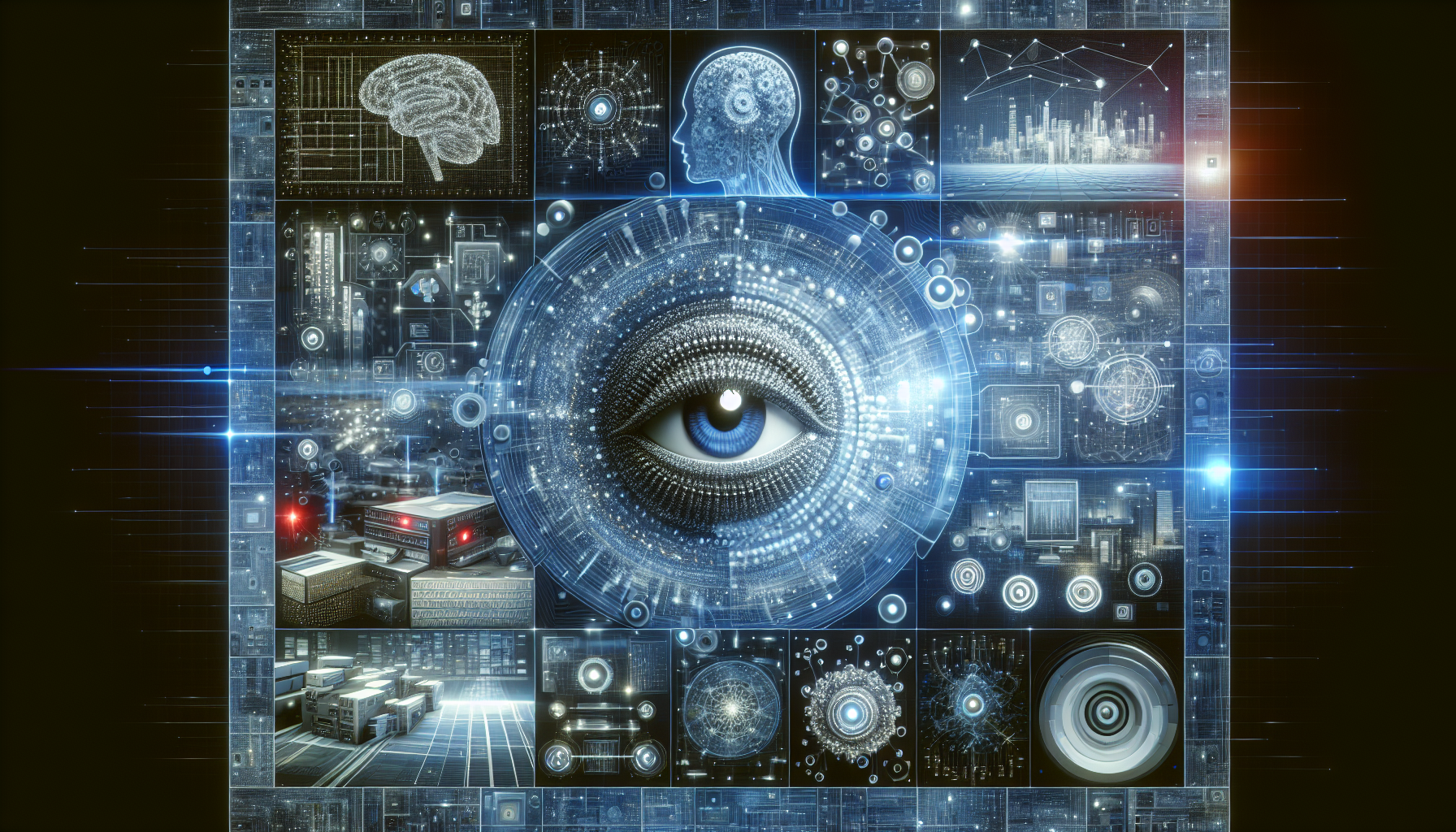
AI and Robotics: Paving the Path to a New Era of Human-Machine Collaboration
April 8, 2025
The story of artificial intelligence and robotics is not just a narrative about machines learning to mimic humans; it’s about humans redefining their potential and capabilities through collaboration with intelligent machines. Imagine a world where AI and robotics aren't merely tools, but partners in innovation, helping humanity overcome some of its most pressing challenges. This is not a distant dream but an unfolding reality that invites us to imagine, explore, and redefine the boundaries of human achievement.
At the heart of this transformation is the synergy between AI and robotics. Robotics provides the hardware—the physical manifestation capable of interacting with and manipulating the world—while AI infuses it with the capability to learn, adapt, and make decisions. This integration is not simply about creating more efficient machines; it’s about amplifying human abilities and creating opportunities for unprecedented innovation.
Consider the realm of healthcare, where AI-powered robots are revolutionizing surgery, diagnostics, and patient care. These machines, guided by AI algorithms, can perform delicate surgeries with precision that surpasses human capability. They can analyze thousands of medical images in fractions of a second, assisting doctors in diagnosing diseases more accurately and at earlier stages. This collaboration doesn't replace human doctors but empowers them to make better decisions, improving patient outcomes and saving lives.
In the world of agriculture, AI and robotics are transforming traditional farming practices. Robots equipped with AI can monitor crop health, optimize irrigation, and even harvest produce autonomously. This technological partnership not only increases efficiency but also addresses global food security challenges by maximizing yield and minimizing waste. Farmers are no longer just cultivators of the land; they are tech-savvy innovators working alongside machines to feed the world sustainably.
The manufacturing industry, too, is undergoing a renaissance driven by AI and robotics. Intelligent robots now work alongside humans on assembly lines, handling repetitive and hazardous tasks. This collaboration not only enhances productivity but also improves workplace safety, allowing human workers to focus on more complex, creative tasks. It's a harmonious dance of human ingenuity and machine precision, creating high-quality products and more fulfilling jobs.
Education is another field ripe for transformation. AI and robotics can personalize learning experiences, adapting to the needs and pace of individual students. Robots can act as tutors, helping students with special needs or providing assistance in subjects where human teachers may lack expertise. This collaboration enables a more inclusive and effective educational environment, fostering a generation of learners equipped to thrive in a technologically advanced world.
Yet, as we embrace this collaborative future, it's essential to address the ethical and social implications. The rise of AI and robotics brings questions about privacy, security, and the nature of work. How do we ensure that these technologies serve humanity as a whole and not just a select few? How do we prepare the workforce for the inevitable changes in job landscapes? These are critical questions that require thoughtful consideration and proactive solutions.
The journey towards a future of human-machine collaboration is not without its challenges. However, it is these very challenges that offer the most significant opportunities for growth and innovation. By fostering a culture of openness, inclusivity, and ethical responsibility, we can guide AI and robotics to be forces for good, empowering individuals and communities around the world.
As we stand on the brink of this new era, it's crucial to remember that the true power of AI and robotics lies not just in their ability to replicate human tasks but in their potential to enhance human creativity and problem-solving. By embracing this collaboration, we can unlock new levels of human potential, tackling global challenges and enriching lives in ways previously unimaginable.
The future of AI and robotics is not a predetermined path but a journey shaped by our collective imagination and determination. Will we rise to the challenge and harness these technologies to create a world where machines and humans thrive together? The answer lies in our willingness to dream, to innovate, and to collaborate, charting a course towards a future where the possibilities are limited only by our imagination.


